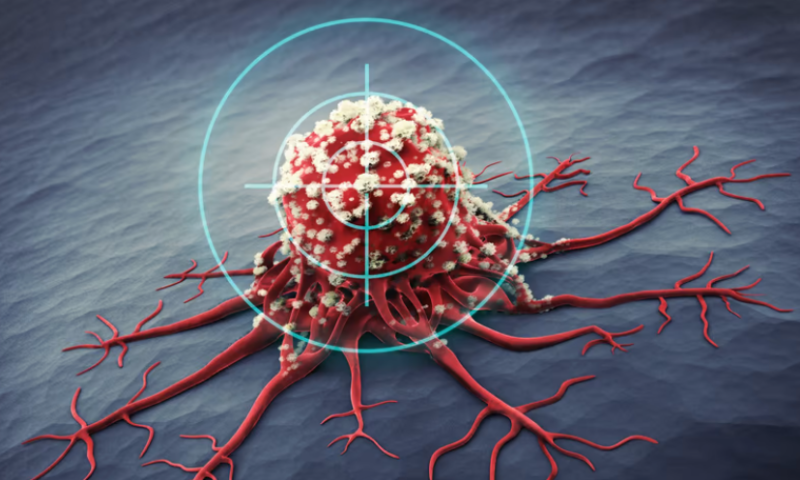Finding a way to drug KRAS-mutated cancers was a giant step for oncology, and we have Amgen to thank for getting the first therapy across the finish line. But Novartis, for one, sees room for improvement and hopes to bring average response rates up from the 35% to 40% range that’s been seen with the leading therapies so far.
“We all acknowledge that although the first-generation KRAS inhibitors that are approved or in regulatory review have been a major leap forward in terms of the ability to target these undruggable targets, they’re not without limitations,” said Novartis’ Jeff Legos, executive vice president and global head of oncology and hematology development, in an interview with Fierce Biotech.
Amgen’s Lumakras represents the first generation, but it’s being followed closely by Mirati Therapeutics’ adagrasib. Both have achieved durations of response and progression-free survival improvements that bested the standard of care, according to Legos. KRAS mutations occur in about 13% of non-small cell lung cancers (NSCLC) and about 4% of solid tumors. Amgen’s Lumakras was approved in May 2021 for this small segment of the lung cancer population, and Mirati is awaiting an FDA decision in December for its therapy.
“But by no means are they curing patients and by no means are we getting enough deep clinical responses with adequate durability,” Legos said.
Novartis is hoping to slide in behind that pack with some stronger data, which began to trickle out today at the American Association for Cancer Research (AACR) meeting in New Orleans. The Swiss pharma is showcasing early phase 1 data from 39 patients on JDQ443, a KRAS inhibitor that irreversibly traps KRAS into an inactive state.
As of the November 2021 cutoff, Novartis has recorded a 30% confirmed overall response rate across all doses and a 57% rate at the recommended dose of 200 mg, according to Legos.
“Although the cohort is still small I think these numbers are encouraging with respect to the clinical efficacy and the overall profile,” Legos said.
The twice-daily 200-mg dose, which has been selected to advance into additional clinical trials, is much lower than what other KRAS inhibitors have been tested at, he added.
As for safety, the data showed side effects in 25 of the 39 patients, or 64%, most of which were labeled as grade 1 or 2 adverse events, while four cases were rated grade 3. The most commonly recorded events were fatigue, nausea, swelling, itchiness and vomiting.
One grade 3 event was an episode of fatigue, while another was a case of treatment-emergent photosensitivity reaction, where a patient develops a rash or blisters when exposed to sunlight. These two events occurred in the 300-mg dose arm, which is higher than what has now been selected as the recommended dose. Treatment-emergent adverse events led to one dose reduction and one discontinuation, the company said.
“We clearly have a safe and tolerable dose,” Legos said, which will be moved forward into an expansion cohort of the phase 1/2 as well as a phase 3 which is set to begin “imminently.”
Novartis believes the key to bumping up the response rate in KRAS-mutated cancers is through combination therapies, and so JDQ443 is being trialed with the Big Pharma’s SHP2 inhibitor TNO155 in one arm of the phase 1/2 study, according to Legos. Another study will also look at JDQ443 in combination with BeiGene’s tislelizumab.
KRAS inhibitors have had a whirlwind ride through the clinic. Amgen touted the speed with which they managed to move from the lab to the patient and then to regulators when Lumakras was approved last year. Novartis has had the same experience with JDQ443, which moved from an initial phase 1 dose a year ago to now being ready for early data presentation at AACR, and soon to enter the late stage randomized trial, Legos said.
Also at AACR, Amgen is showing off even more Lumakras data, this time profiling two year follow-up data from a phase 1/2 trial from advanced NSCLC patients that mostly reflected earlier readouts, according to Jefferies analysts. The therapy produced a response rate of 40.7% after two years, with five complete responses and no new safety signals.

